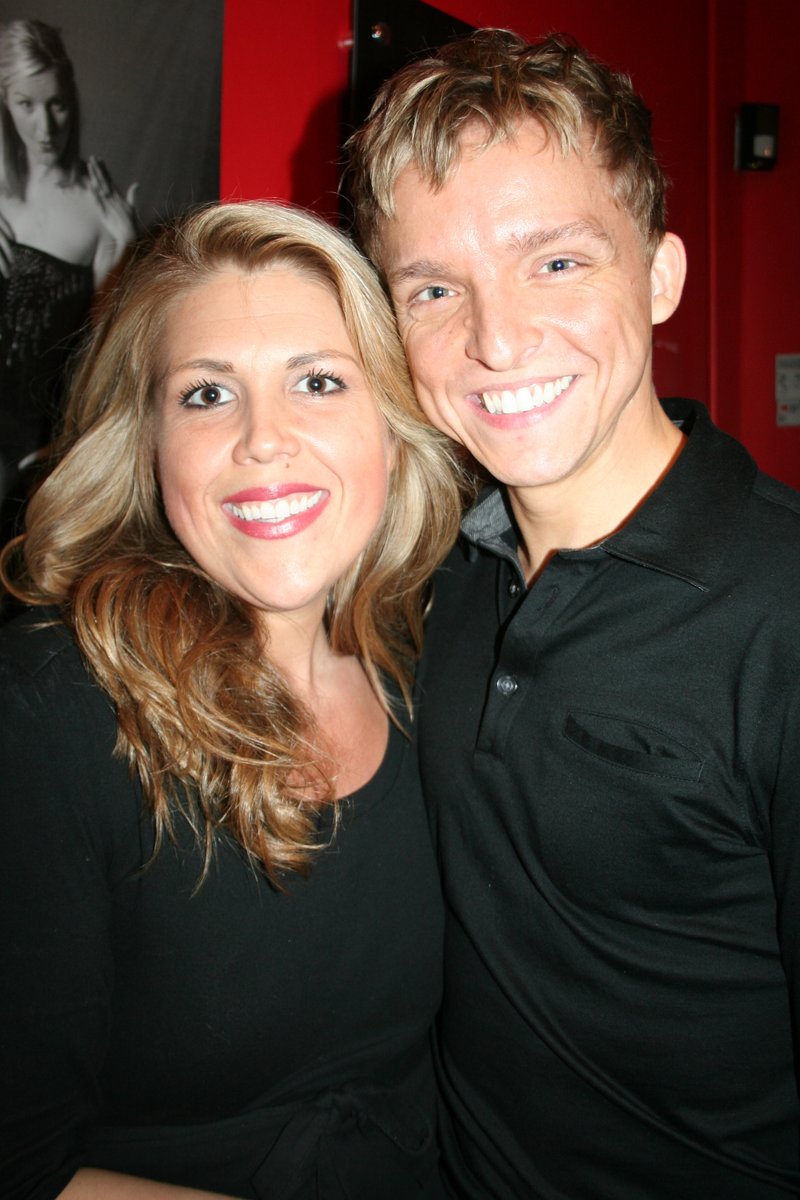Q My friend brought some four o'clocks seeds from his uncle's place in Houston last month, and I finally planted the seeds in an empty hanging basket I had outside a couple of weeks ago. The seedlings have come out and some of them are about 3 to 4 inches tall now. Is it safe to transplant them into my flower bed now, or what do you suggest I do? Please advise as soon as possible since I am eager to transplant them.
A You probably are not going to like my answer. It would have been better to have saved the seeds until next spring to plant them outdoors. I do not think there will be enough time to get the plants established well enough this fall to overwinter. I also don't think they will be overly happy indoors all winter, unless you have a greenhouse. I would try three options. 1) Plant a few in the ground as soon as possible and keep them watered and mulched. As soon as we have a killing frost, let them go dormant and then mulch them heavily. Wait to see if they come back next spring. 2) Try planting some in a container that you can move into a protected spot, like a garage or storage space under the house. Do this right before a killing frost. 3) Try growing the third batch as a houseplant. I would also ask the friend to send you more seeds for next spring. Good luck!
Q I am concerned about a small flowering cherry tree in my yard. I bought it three years ago. The base of the trunk has split and looks awful. It hasn't seemed to affect the tree (although some leaves have black spots). Is this splitting normal?
A Splits are not normal, nor are they good. Sometimes they can occur in a fast-growing tree that has been over-fertilized. Sometimes sunscald or injury can lead to splits. Once a tree has damage, it will always be there, but if it is minimal, the tree can callus over and recover. If the split gets worse and decay sets in, it won't bode well for the tree. Major decay can lead to a weak tree, and so you may want to cut your losses now and plant a new one.
Q We live in Hindsville and have grown beautiful hydrangeas for years, but I am having trouble knowing when to trim them or why they did not bloom the last two years. (They have to be trimmed each year as they border my driveway.) I am enclosing a picture taken in 2012 with full blooms; but since then, I have gotten lots of leaves but very few blooms (if any). Everything I have read says to cut back after blooming, but should that be in the fall after the first freeze ... or just when?
A You are growing the big leaf hydrangea (Hydrangea macrophylla). They set their flower buds after they bloom in the summer. If you cut them back in the fall, or Mother Nature prunes them to the ground with a cold winter (as happened to many of our hydrangeas last winter), there will be no flowers the next summer. It would be best to move them, replanting where they are a bit protected from cold weather and where they don't need to be trimmed annually. You might want to opt for some of the new paniculata type of hydrangeas, which bloom on the new growth and can be pruned as hard as you want before growth begins in the spring. If you do need to prune big leaf hydrangeas, it needs to happen no later than mid-July to early August so they have time to set buds in the latter part of summer to early fall.
Q I remember my mother giving me an article you wrote on how to remove Bermuda from flower beds, but of course I can't find it. Could you please re-educate me? Hand digging doesn't seem to work, and I'm afraid of Roundup killing everything else.
A It is getting a bit late in the year to use one of the grass specific herbicides to rid your flower beds of Bermuda grass. I normally prefer to use grass killers (Poast, Grass-B-Gone, Over the Top, etc.) in May or early June as the grass is greening up and beginning to run. Today you might get some kill, but the grass is preparing to go dormant and you will have a lot of brown grass in the beds either way. Try cutting it back as much as possible now and mulch. Then be prepared for next spring.
Janet B. Carson is a horticulture specialist for the University of Arkansas Cooperative Extension Service. Write to her at 2301 S. University Ave., Little Rock, Ark. 72204 or email her at
jcarson@arkansasonline.com
HomeStyle on 10/04/2014
